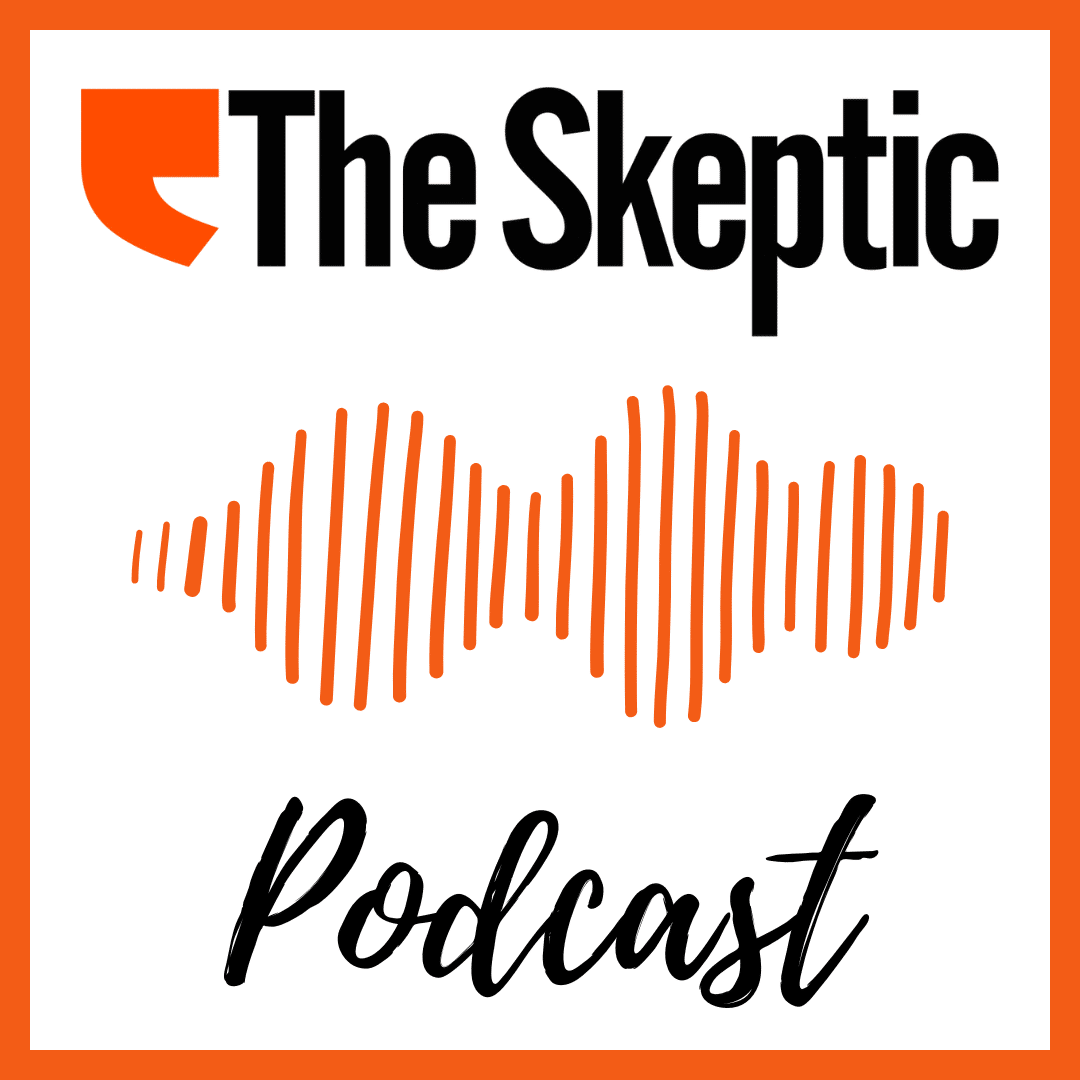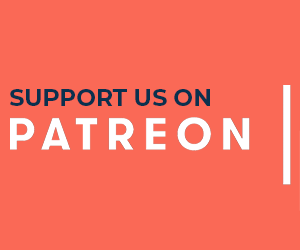Two of the things I think 2022 will be remembered for is the fall of Twitter and the continued rise of TikTok. For the uninitiated, TikTok is a social media platform that allows users to create and share short video clips, often set to music. It has become particularly popular among younger users, and has gained a reputation for being a breeding ground for viral content.
Content on TikTok moves very quickly and can become extremely popular and widely shared on the platform, with many users actively striving to create content designed to go viral, as this can lead to a large number of views and followers on the platform.
One trend of this sort which became popular with TikTokers was ‘vabbing’. Proponents of vabbing, who are almost exclusively young women, say that the practice greatly increases their sexual success.
‘If you vab, you will attract people,’ said one vabber. ‘I have done this for years and it works every single time,’ said another. ‘Men can’t resist’.
Vabbing, is a contraction of ‘vagina’ and ‘dabbing’, where you wear your own vaginal secretions as if they were perfume. Dabbing it behind your ears, on your neck, and on your wrists — before then going on a night out and letting your natural pheromones attract the manly men that your Chanel No5 would have left un-phased.
Exactly which secretions vabbers refer to is unclear, because the technique is often described in euphemisms, but I assume they are referring to the vaginal lubrication produced during arousal, rather than the more common-or-garden wetness which keeps your ecosystem ticking along.
While some claim to have been vabbing for decades, it came to prominence recently when the self-described sexologist Shannon Boodran wrote about it in her 2019 book The Game of Desire. At the time, she wrote:
I am certain that every single time I employ it, it makes me feel like an enchanted goddess with a delicious secret.
Vabbing has recently enjoyed a resurgence in interest, with predominantly young women trying out vabbing at the gym, on a night out, or wherever, and then reporting their amazing success on TikTok.
Of course, because of the way TikTok works, this not only drives other people to try it for themselves and publish videos of their own, but it also drives other people to post videos decrying the practice as disgusting, and yet more to post videos on how this vabbing stuff this is all nonsense and you’re falling for a scam. All of which means that vabbing as a topic gains prominence and is pushed into more and more people’s feeds.
But does wearing your vaginal secretions increase your sexual success? Is there any good data to support vabbing?
You will probably be unsurprised to learn that there is no good data on vabbing itself. While proponents claim it is not a new phenomenon, it is at least a niche phenomenon, so nobody yet has conducted twenty-year studies on it. Proponents do often cite pheromones as the mechanism by which vabbing works, however, and there is certainly data on that.
Pheromones are chemical messengers which are transported outside of the human body, in contrast that with hormones, which are similar chemical messengers that remain within the body. Many animals use pheromones as part of reproduction, with sex pheromones being used to indicate to others that a particular animal is sexually available.
But are humans one of those animals? As best we can tell, probably not. Humans do not appear to be biologically equipped to use pheromones. The organ responsible for the detection of pheromones – the vomeronasal organ – is present in many common mammals, including cats, horses, pigs, and even some primates. But in humans the genes which code for this organ appear to be nonfunctional, and the organ itself, assuming it can even be located, does not appear to be connected to our nervous system. Even if the human vomeronasal organ were functional and detecting something, it has no means to tell the rest of the body about it.
Evolutionarily speaking, this might make some sense. Many other animals use pheromones for communication — indicating sexual availability or marking territory — whereas humans have replaced these functions with Tinder and the Land Registry.
Many animals use pheromones for communication — indicating sexual availability or marking territory — whereas humans have replaced these functions with Tinder and the Land Registry.
Even if the vomeronasal organ is functional, which we don’t know is the case, do human even produce chemicals we could characterise as pheromones at all?
A study published by the Royal Society in 2017 looked into this question. Ninety-four participants, forty-three male, fifty-one female – all self-reported as heterosexual, non-smoking, and white, were recruited from the campus of the University of Western Australia. One assumes the participants were also all cisgendered, though the paper itself is silent on this.
Across two days, participants were assigned to exposure to either androstadienone (AND) or estratetraenol (EST), purported to be a human male and female sexual pheromone respectively. Exposure was achieved by a cotton ball taped under the nose, and in both cases, the scent of the pheromone was masked with clove oil. So this wasn’t just as simple as recognising a smell, there had to be some chemical-biological reaction to the pheromone. And of course there was also a clove-oil-only control.
The treatment order was randomised. So you either got clove oil on day one, and clove oil plus pheromone on day two, or the other way around. The choice of pheromone used each session was assigned pseudo-randomly (pseudo in this case to ensure balance).
Participants were then shown photographs and asked to rate them. The women were asked to rate men, and the men asked to rate women, on the basis of how attractive they found them. And what they found was… absolutely nothing. There was no difference in attractiveness scores when exposed to pheromones compared to controls.
From the paper:
Exposure to the putative pheromones had no effect on [attractiveness ratings]. These results are consistent with those of other experimental studies and reviews that suggest AND and EST are unlikely to be human pheromones.
This tells us only that AND and EST is not likely to be a human pheromone, not that we don’t produce pheromones at all, though AND and EST are the most commonly cited candidates for human sexual pheromones.
We also don’t know, of course, that EST is the pheromone which is supposedly associated with vabbing, not least because the proponents of vabbing don’t name a specific chemical which is supposed to be the ‘active ingredient’ here, they just say hand-wavingly claim ‘it is pheromones’ and maybe point at some animal studies.
But the presence of AND doesn’t seem to increase men’s attractiveness to women, and EST doesn’t seem to increase a woman’s attractiveness to men. But then we should have known this already. You go into any one of the (variably) discrete sex shops you’ll find tucked away in UK high streets, and you’ll see for sale so-called pheromone sex sprays, which purport to make you irresistible.
And of course they don’t do a thing. If human behaviour was significantly influenced by the effects of pheromones, products like those sprays wouldn’t just be something you find behind the counter at a sex shop. It would be sold in bundles alongside a pack of viagra. It’d be next to the condoms in Boots. Or maybe they wouldn’t be legal at all, as a form of sexual coercion.
So if pheromones play no part in human sexuality, why do so many young TikTokers report vabbing as an amazing success? There are a few possible explanations. One is the file drawer effect. Women who vab and then go out clubbing and don’t pull perhaps aren’t as likely to make a TikTok video about it. That will skew reports into the positive.
Another is confirmation bias. Women who vab and then go out clubbing are going to attribute any romantic or sexual success to the vab, because that’s what they’re expecting to happen. Even if those successes would have come anyway.
A third is what some reporters characterised as a sexual placebo effect. Women who vab and then go out clubbing are going to feel more confident in themselves, they are going to feel more attractive, feel more irresistible, and that additional confidence might be what is resulting in an increase in their romantic and sexual success.
And finally, there could be a scent thing going on. That doesn’t mean it is pheromones at work, but it could be as simple as men, consciously or subconsciously, recognising the smell from sex. It’s classical conditioning: you smell that a lot when you’re engaged in sexual activity, and when you smell it in another context it turns you on.
Personally, I think this latter explanation is unlikely because, let’s be honest, there are an awful lot of far more potent smells you will find in your local nightclub or gym that you would have to get past before you can detect the subtle scent of vaginal lubrication on a woman’s neck. But I struggle to argue that this is impossible.
Returning to Shannon Boohran’s book The Game of Desire, she is a lot more circumspect about the efficacy of vabbing than the current TikTok vabbers appear to be. The full quote from Game of Desire was:
Regardless of if vaginal pheromones truly make a person irresistible or not, the fact that you think it does, will cause you to act in a bolder, more confident manner. There are no health risks for others and unless you suspect you may have bacterial vaginosis, it will not make you smell bad. I’ve used this technique countless times in the past ten years and have had mixed results: sometimes people are flocking to me, sometimes I don’t notice a difference. So while I’m not sure how effective this experiment is, I am certain that every single time I employ it, it makes me feel like an enchanted goddess with a delicious secret.
So maybe it is just a confidence thing? And if so, does that mean it’s all okay? I mean, there are plenty of other things that people do to give them a lift of confidence when they’re on the pull. Contouring your boobs, wearing lifts in your shoes, or putting on your best shirt. Is a little spritz of vab maybe a-ok?
While vabbing is probably harmless in 99.9% of cases, there may be some risks. Most notably, the risk of passing on an STI. Now this is probably low risk, as many sexually transmitted infections are actually remarkably fragile and don’t survive well outside the body. But Hepatitis B, for example, can live on a surface for several days. So if you have an STI, especially Hep B, probably stick to your bottle of Chanel.
Ultimately, if it helps you feel good about you — and it is safe to do so — I don’t think it’s my place to tell anyone how they should be living their lives. So while it’s unnecessary, if you’re going to have fun then vab away. But it probably isn’t going to be the magnificent man-magnet you think it is.



